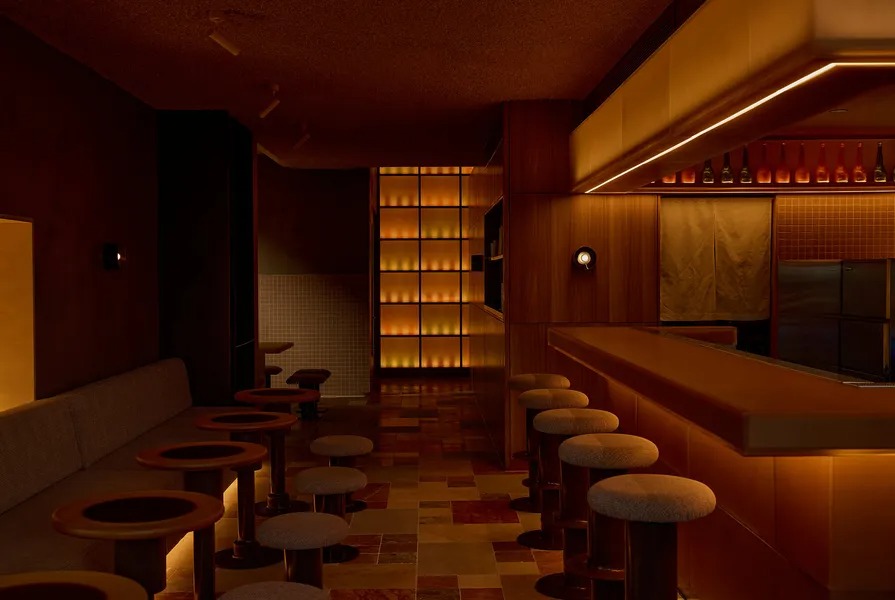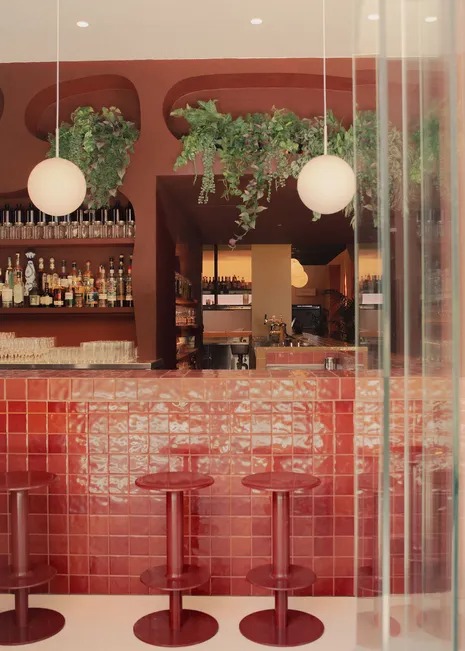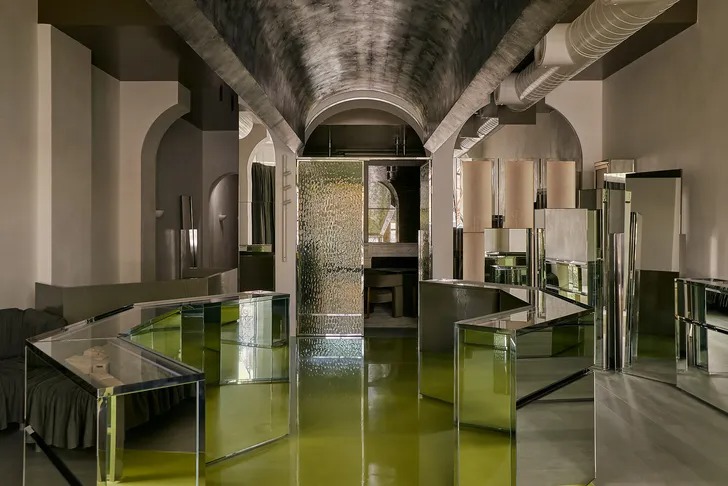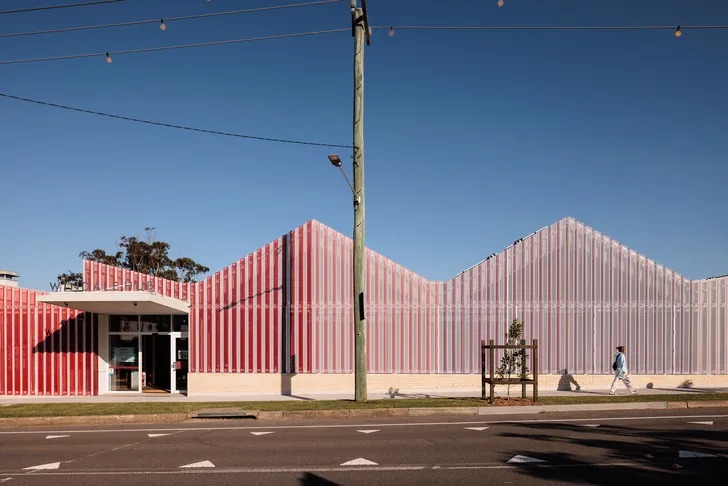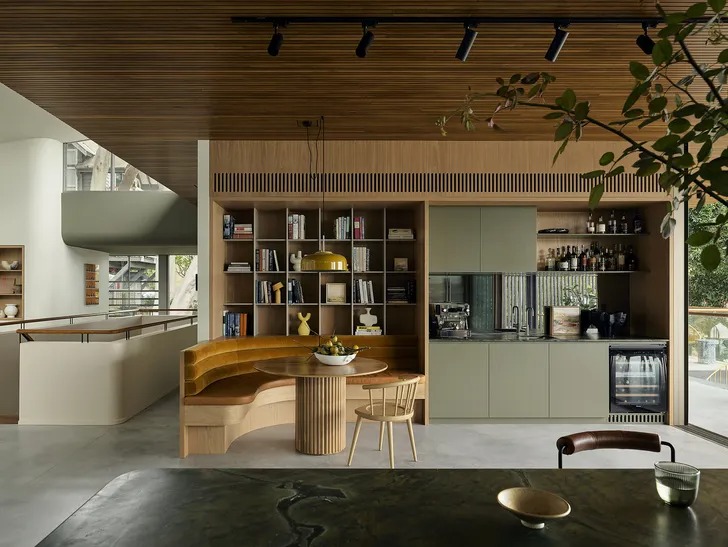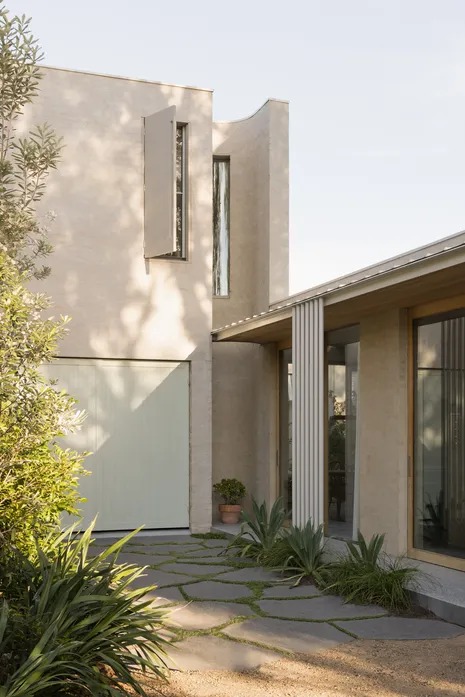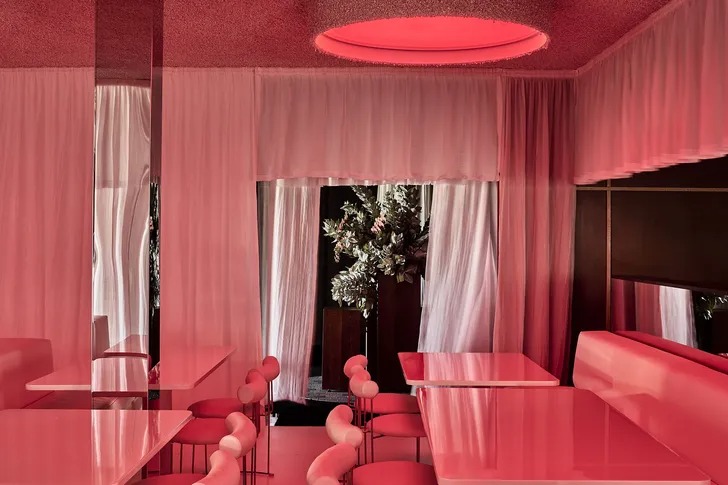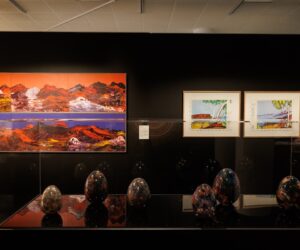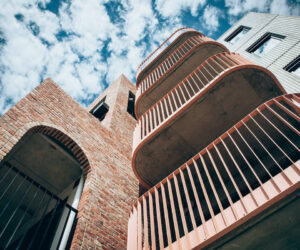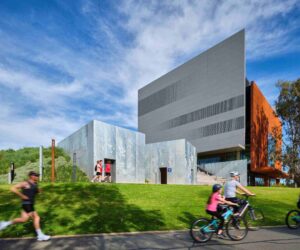2025 Dulux Colour Awards Finalists Announced Across Eight Design Categories
The 39th annual Dulux Colour Awards has named its finalists, with a panel of six leading design professionals selecting 88 standout projects from nearly 500 entries submitted across Australia and New Zealand.
As one of the longest-running design awards programs in the region, the Dulux Colour Awards are highly respected and prestigious, and receive the highest calibre of entries. In recognising the exceptional use of colour in the built environment, the Dulux Colour Awards attract the design and architectural profession’s very best work across eight distinct categories: Commercial Interior – Public and Hospitality; Commercial Interior – Workplace and Retail; Commercial and Multi-Residential Exterior; Residential Interior; Single Residential Exterior; Student work; and, the ultimate prize, the Australian and New Zealand Grand Prix awards, representing the best projects overall.
The eighth category for Temporary or Installation Design, which was introduced in 2024, is now a permanent fixture in the line-up.
“This category proved to be a highlight last year, with installations, exhibitions and pop-ups now recognised for their design prowess in a stand-alone sector, boasting some of the most innovative and exciting works across the entire program,” says Andrea Lucena-Orr, Dulux Colour and Communications Manager. “The freedom of expression possible in non-permanent projects is being harnessed wholeheartedly by designers in this genre.”
It is indicative of the level of sophistication and ambition demonstrated in colour specification by design professionals broadly across all architectural typologies. Irrespective of scale, scope or program, the palettes and applications evident in each category consistently challenge stereotypes: a sporting complex with a luxe suite of colours more usually seen in high-end hospitality; a community hub finely clad in joyous hues resulting in an intelligent show of place-making; and, a depot that turns expectations on their head via nuanced colour graduations, while still respecting its industrial origins.
“We should no longer be surprised by the ingenuity we see in this awards program,” says Lucena-Orr. “Year after year, we are presented with an extraordinary array of exceptional colour use that exemplifies the pivotal role colour plays in spatial understanding, placemaking and mood setting.”
Stylistically, coloured ceilings and distinctive wall treatments star in projects from Australia and New Zealand alike. “The judges remarked upon the strength of colour-blocking interior surfaces, as well as the bold use of murals in retail and studio environments,” says Lucena-Orr.
Strong highlights in colourful trims are seen in abstract applications: on a small scale to highlight structural joins in a student proposal, for example, through to a macro-scale to accentuate geometric planes in commercial interiors and external cladding of large community buildings.
Hues of burgundy, gold-yellows and sage greens lead the bolder palettes in private residential domains, but warm whites maintain a consistent presence, this year married with ‘greiges’, mist greens and soft blues. “There is such artistry in the tonal graduations we’re seeing in exteriors and interiors alike, to the extent that form, material, landscape, and plays of light across the day have all been considered in the nuanced specifications,” says Lucena-Orr.
In some New Zealand projects, coloured lighting has been implemented to further enhance the impact of paint palettes and treatments. “Colour washing across all elements has been employed as a design device, and we have also seen sunny yellow with primary contrasts, and strong terracottas and reds in the mix.”
One of the most inspiring sectors is that of Student work. “It is a veritable playground of ideas, from the whimsical to the pragmatic, that are as ambitious as they are innovative,” says Lucena-Orr. “Gone are the days of colour being the domain of the brave or foolhardy few. Student and professional entries in all building types are universally employing colour with extraordinary skill, impact and effect, and it is our great honour to recognise the best of the best each year.”
The six judges – Andrew Parr, Director of Interiors at SJB; Kim Bridgland, Director at Edition Office; Rachel Luchetti, Co-Founder of Luchetti Krelle; Kerstin Thompson, Principal and Founder of KTA; and, Alex McLeod, Co-Founder of at.space, NZ; Andrea Lucena-Orr, Colour and Communications Manager for Dulux – have a particularly challenging process ahead of them but, as masterful designers and architects, adept in the use of colour themselves, they welcome the challenge.
The 39th Dulux Colour Awards winners will be announced at an exclusive event at the National Gallery of Victoria on Wednesday, 28 May, 2025.
For further information on this year’s finalists, judging criteria and terms and conditions, visit dulux.com.au/colourawards
